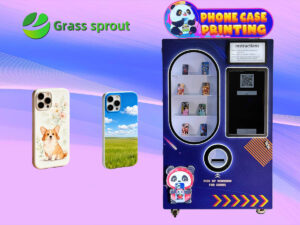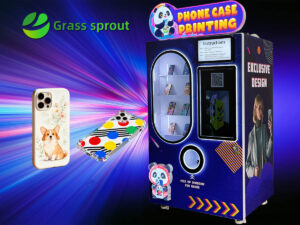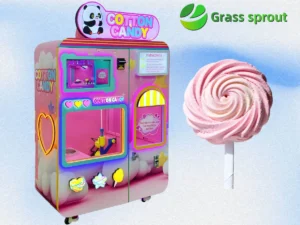Introduction: More Than Just Sugar
It might be just sugar, but when you’re in the cotton candy business, getting the right sugar for your cotton candy machines is crucial. From store-bought to manufactured, you’ll be asking yourself:
“Can I use regular granulated sugar in a cotton candy machine?”
In short, yes—but it’s not recommended.
There’s a lot more to sugar than meets the eye, and even small variations can impact your machine’s performance and final product.
This article will explain:
- Why sugar specifications matter
- Ideal sugar particle size and dryness
- The role of colored and flavored sugar
- Storage and handling tips
- The risks of using regular sugar
1. How a Cotton Candy Machine Works
Cotton candy starts life as granulated sugar, which is melted down and spun into thin strings by the machine’s spinner head. As the sugar leaves the spinner head, it’s rapidly cooled, transforming it into the familiar form we see and eat.
When you’re running a vending machine, the last thing you want is bad ingredients. Your sugar needs to meet certain specifications for the machine to work well and give you a consistent result every time.
2. Sugar Size: 1–2MM Granules Are Ideal
Sugar that is too fine will melt too quickly, potentially leading to burning or inconsistent spinning. On the other hand, large crystals may not melt evenly, leading to clogging or machine strain.
✅ Recommended grain size: 1–2 millimeters
This medium-coarse size ensures:
- Smooth melting
- Even spinning
- Proper formation of threads
Avoid:
- Powdered sugar (too fine)
- Rock sugar (too coarse)
- Brown sugar (moisture content too high)
3. Sugar Must Be Extremely Dry
Moisture is the enemy of cotton candy machines. Even a small amount of humidity in your sugar can:
- Cause sugar to clump or solidify
- Damage internal machine components
- Lead to uneven heating and burnt sugar residue
- Increase cleaning time and reduce machine lifespan
✅Best practice: Use completely dry sugar in sealed containers.
If you operate in a humid environment, add food-safe desiccant packs to the containers to soak up any moisture.
4. Colored and Flavored Sugar Enhances Experience
Colored and flavored sugar isn’t just about looks—it also influences taste, aroma, and customer appeal. Many operators use multi-compartment systems with a variety of sugar colors and corresponding flavors.
Popular choices include:
| Color | Common Flavor |
| 红色 | Strawberry or Cherry |
| 黄色 | Lemon or Pineapple |
| 蓝色 | Blue Raspberry |
| 白色 | Vanilla |
| 紫色 | 葡萄 |
| 绿色 | Apple or Watermelon |
Each color must be made using food-grade coloring and flavoring agents. When preparing your own sugar, mix coloring and flavor into granulated sugar and dry it completely before use.
🧠 Tip: The better the color vibrancy, the more attractive the final cotton candy appears to customers.
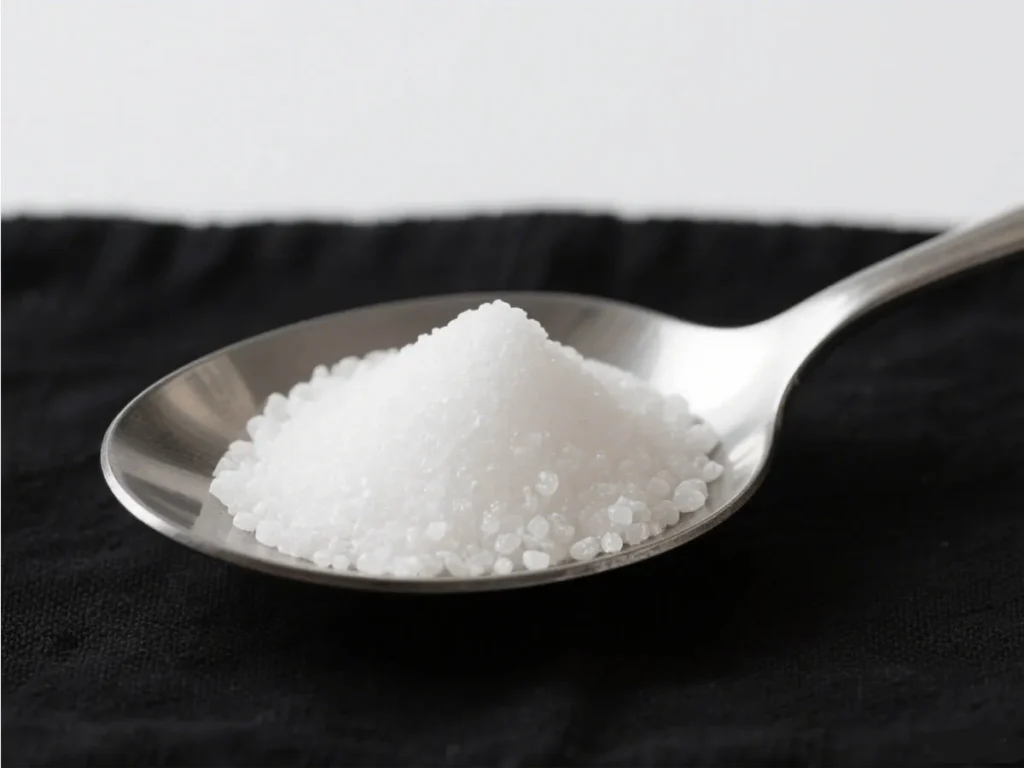
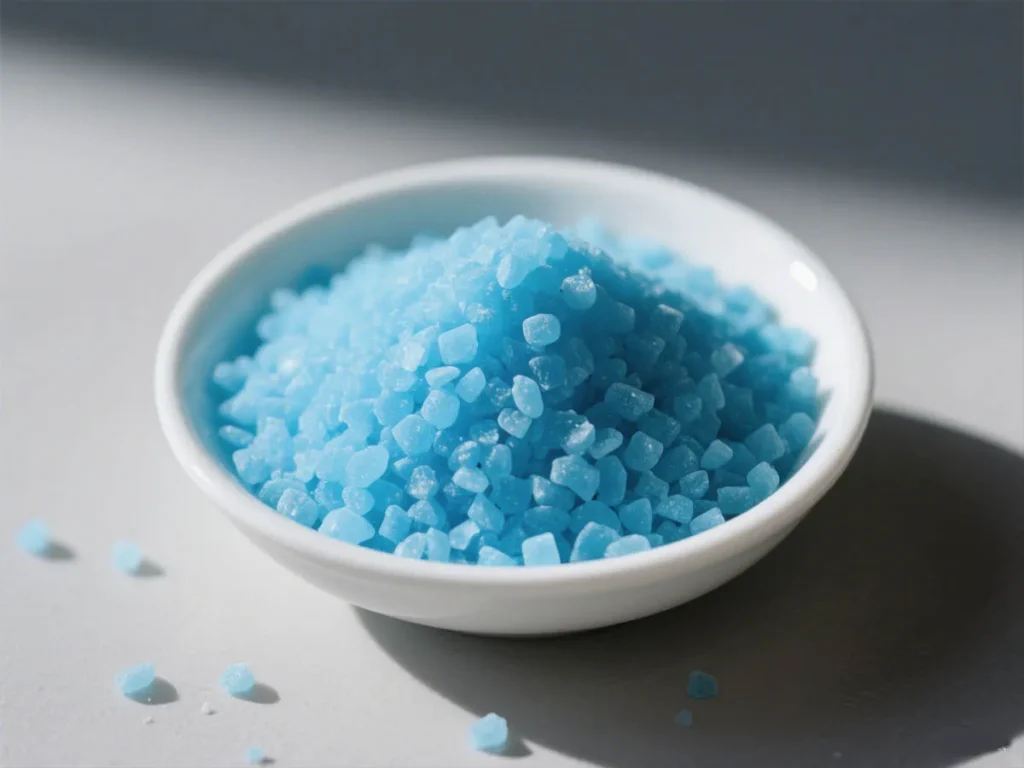



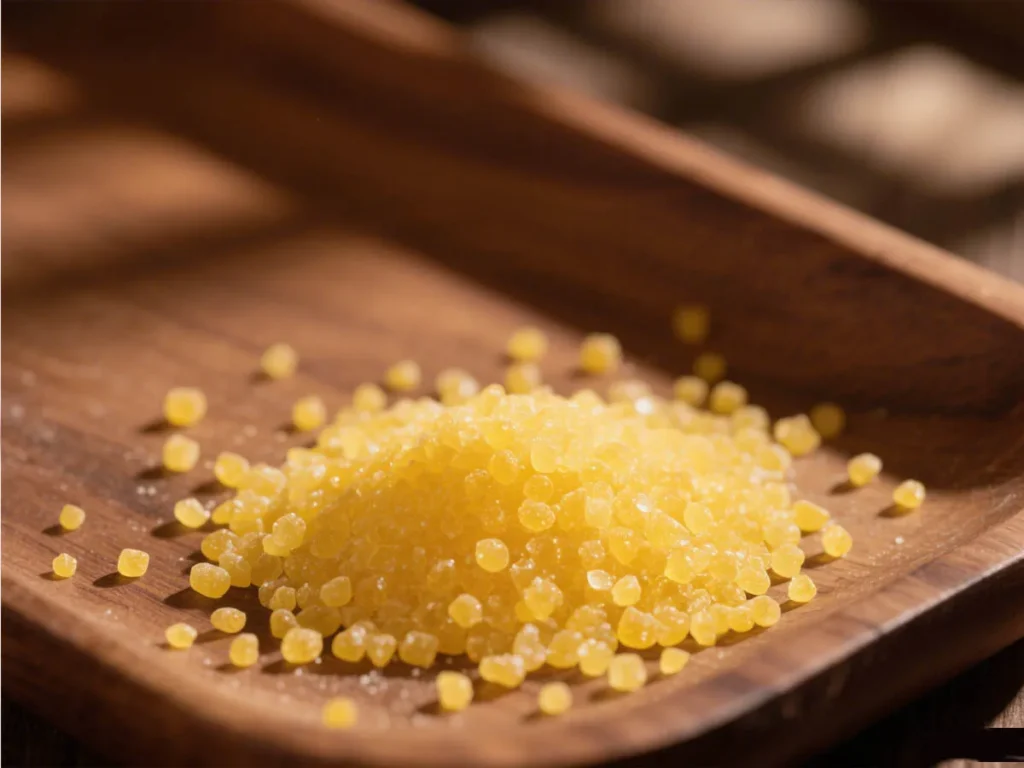
5. Why Not Use Regular Sugar?
Regular grocery store sugar may seem convenient, but it’s not designed for cotton candy production—especially in vending machines where precision and automation matter.
Risks include:
- ❌ Poor spinning performance
- ❌ Increased machine wear and tear
- ❌ Overheating and burnt sugar
- ❌ Unattractive or incomplete candy formations
- ❌ Reduced profitability due to frequent maintenance
Using the wrong sugar makes a difference to the machine’s performance, your customer satisfaction, and your business’s long-term profitability.
6. Storage and Handling Guidelines
Proper storage of sugar is just as important as selecting the right kind.
📦 Packaging suggestion:
- Food-grade plastic containers
- Dimensions example: 40cm x 26cm x 20cm
- Capacity: approx. 15kg per container
- Airtight seal to prevent moisture ingress
📍 Storage environment:
- Cool and dry
- Away from direct sunlight
- Avoid temperature fluctuations
Label each container with color, flavor, and date of sugar preparation or delivery..
7. Can You Make Your Own Sugar?
Yes—many operators prepare their own cotton candy sugar using standard granulated sugar as the base. To do this properly:
- Use white granulated sugar
- Add food-safe powdered dye and concentrated flavor oils
- Mix thoroughly to distribute color and flavor evenly
- Dry it if necessary and sieve it to a uniform size (1–2mm)
- Store immediately in sealed containers
🛑 Don’t use liquid food dye; it can introduce moisture.
8. Final Takeaway: Quality In = Quality Out
Cotton candy is a high-margin, low-ingredient product—but only if made correctly. The quality of sugar you use plays a foundational role in the appearance, taste, and texture of the final product.
For manual or automated machines, sugar should be:
- The right size (1–2mm)
- Absolutely dry
- Optionally colored and flavored for added customer appeal
Using the wrong sugar affects your cotton candy’s taste and look, but it also means more frequent repairs and shorter machine life.
Conclusion: Use The Right Sugar To Build Sweet Profits
Cotton candy seems like a simple product, but in a vending setting, there are a lot of moving parts—and the sugar is one of them. From the right particle size to moisture content and colorful looks, quality matters to your customers and your machine’s performance.
If you’re ready to start your cotton candy business or take it to the next level, the right sugar is just one half of the equation. You also need a reliable machine that’s automated, allows customizations, and offers consistent results.
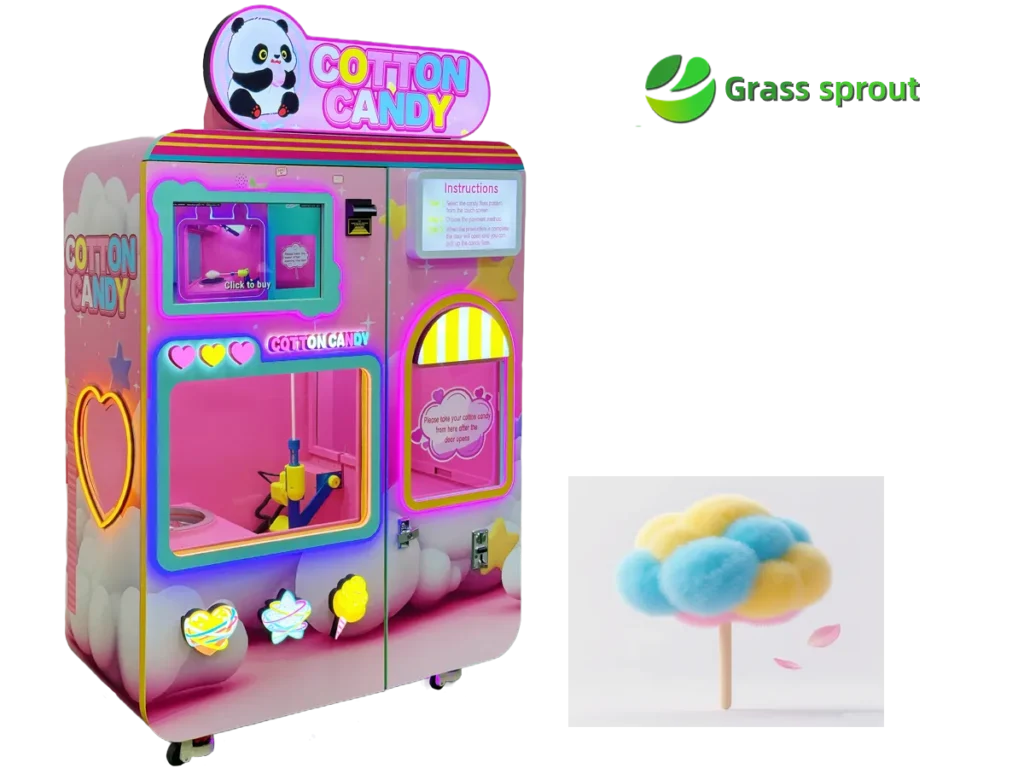
👉 Ready to get started?
See our full range of fully automatic cotton candy vending machines, designed for maximum performance and profit.
联系我们 today to learn more or request a quote—your sweet business starts here.

